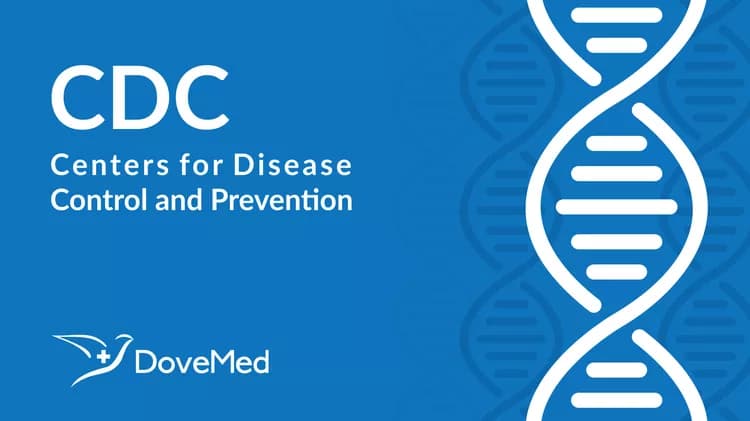
CDC Issues 2001 Assisted Reproductive Technology Success Rates
CDC Issues 2001 Assisted Reproductive Technology Success Rates
More than 40,000 babies were born in the United States as a result of assisted reproductive technology (ART) procedures carried out in 2001, the Centers for Disease Control and Prevention (CDC) reported today. ART includes infertility treatment procedures in which both egg and sperm are handled in the laboratory. The most common ART procedure is in vitro fertilization.
CDC’s seventh annual ART report summarizes national trends and provides information on success rates for 384 fertility clinics around the country. For the first time, the report includes live-birth rates for births involving only one baby – called “singleton” births. Singleton live births are an important measure of success because they are associated with a significantly lower risk of adverse infant health outcomes than multiple-infant births.
Overall, 27 percent of ART procedures resulted in the birth of a baby for women who used their own fresh eggs. This is an increase in the success rate from the previous year (25.4 percent).
The 2001 report offers more evidence that a woman’s age is one of the most important factors in determining whether she will have a live birth by using her own eggs. “Women in their 20s and early 30s had relatively high rates of success for pregnancies, live births, and singleton live births,” said Victoria Wright, a public health analyst in CDC’s reproductive health program. “But success rates declined steadily once a woman reached her mid-30s.”
“For many people, the dream of having a baby is difficult to achieve,” Wright said. “Our report provides information to those considering ART so that they can make informed decisions.”
She adds that ART is a personal decision that should be made in consultation with a physician. She also encouraged caution in comparing success rates of various clinics because a clinic’s skill is only one factor that influences a success rate – equally important are the cause of a women’s infertility and her age.
Overall, 35 percent of the ART procedures started in 2001 among women younger than 35 resulted in live births. This percentage of live births decreased to 28 percent among women aged 35-37, 20 percent among women aged 38-40, 10 percent among women aged 41-42 and 4 percent among women older than 42.
Thirty-six percent of ART deliveries among women who used their own fresh eggs were multiple births (twins or more), compared with 3 percent in the general U.S. population during the same time period. This is because multiple embryos are often transferred to increase the likelihood of a live pregnancy. Multiple births are associated with greater risk for both babies, such as death and disability and for mothers, such as cesarean section and hemorrhage.
In general, the findings for 2001 were similar to those for 2000. More procedures were reported (107,587 in 2001 compared to 99,639 in 2000), and more infants were born as a result of ART (40,687 in 2001 compared to 35,025 in 2000).
Reporting of clinic fertility success is required by the Fertility Clinic Success Rate and Certification Act of 1992. The 2001 report was prepared by the CDC in consultation with the Society for Assisted Reproductive Technology (SART), and the American Society for Reproductive Medicine (ASRM).
The full report is available on the Web at http://www.cdc.gov/reproductivehealth/art.htm or by calling CDC at (770) 488-5372. The ART Web pages are part of the reproductive health Web site, which is a resource for media, health professionals, and the general public. The site includes information on reproductive health and pregnancy, hysterectomy, HIV/AIDS, infant health, violence associated with reproductive health, and other issues.
# # #
CDC protects people's health and safety by preventing and controlling diseases and injuries; enhances health decisions by providing credible information on critical health issues; and promotes healthy living through strong partnerships with local, national, and international organizations.
Related Articles
Test Your Knowledge
Asked by users
Related Centers
Related Specialties
Related Physicians
Related Procedures
Related Resources
Join DoveHubs
and connect with fellow professionals

0 Comments
Please log in to post a comment.